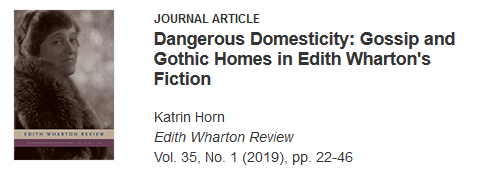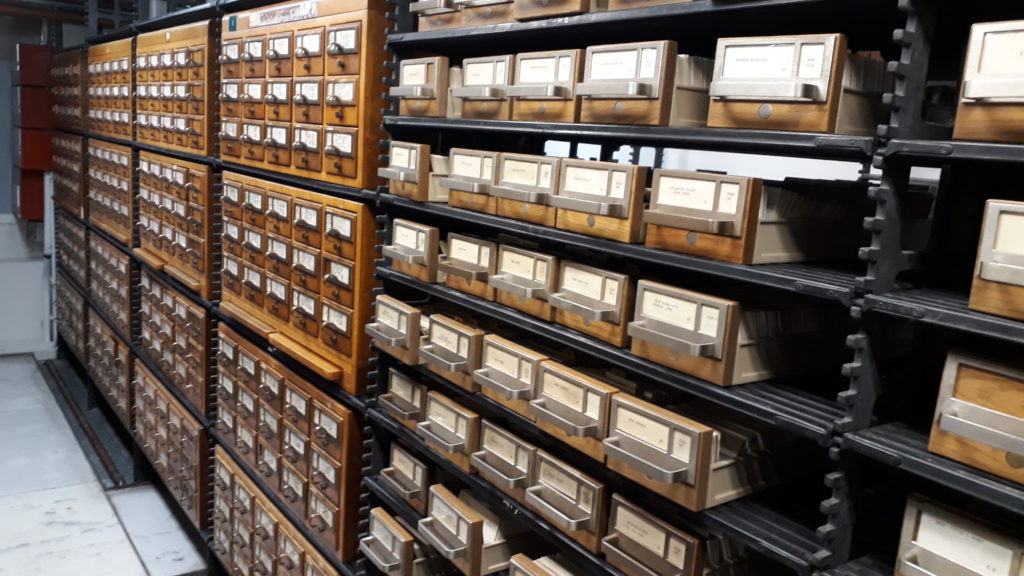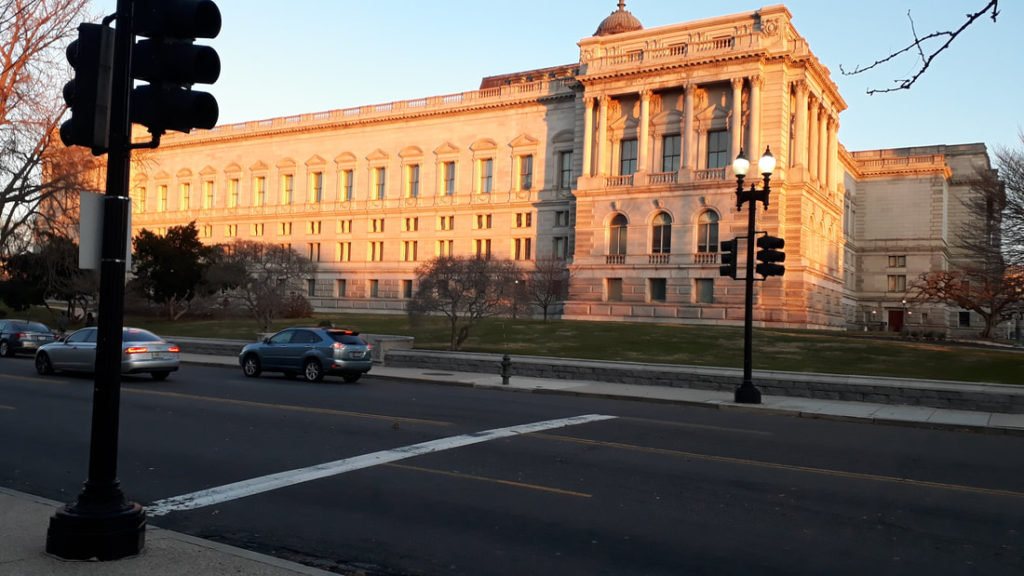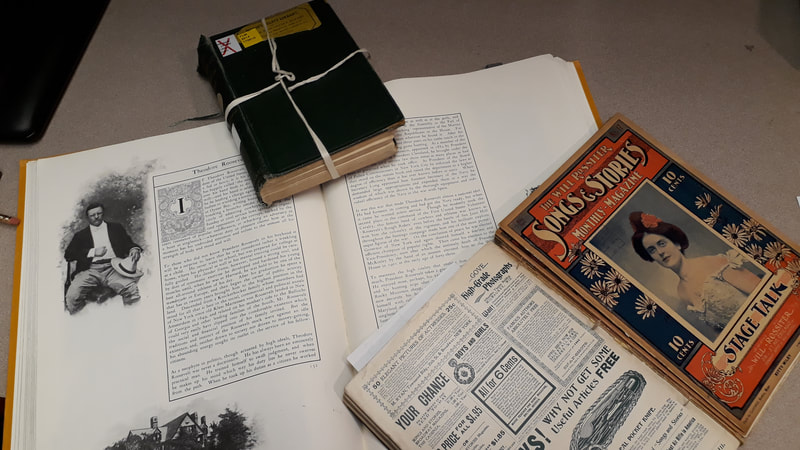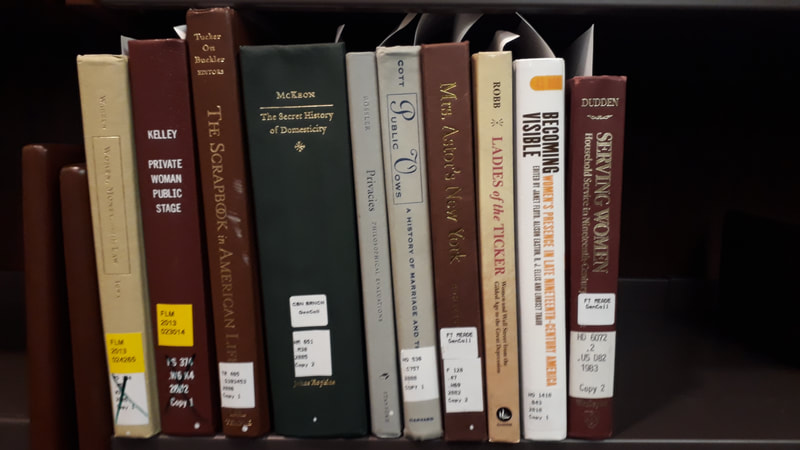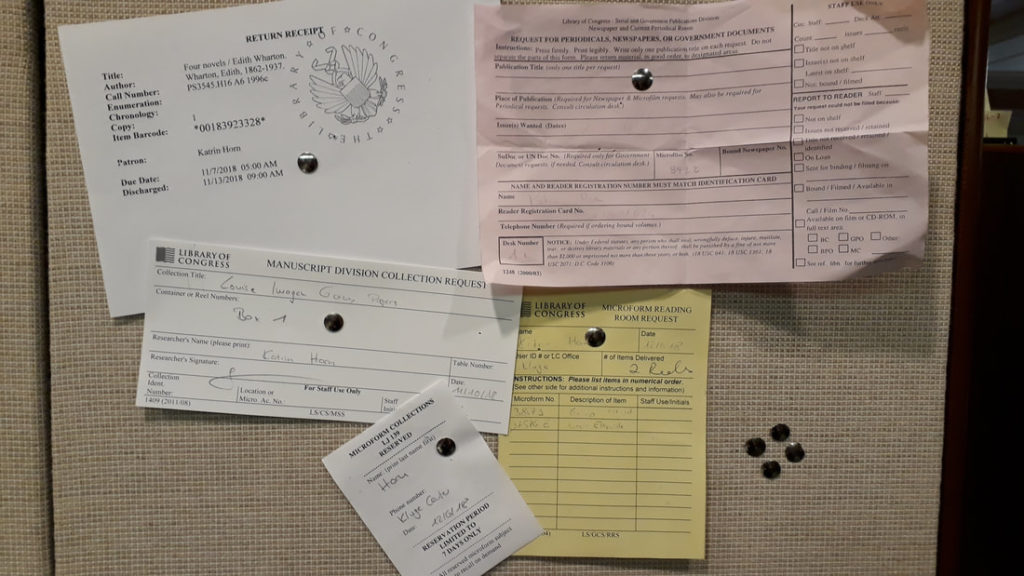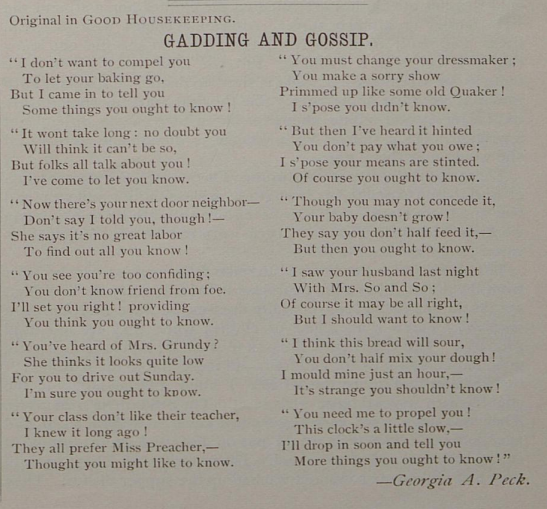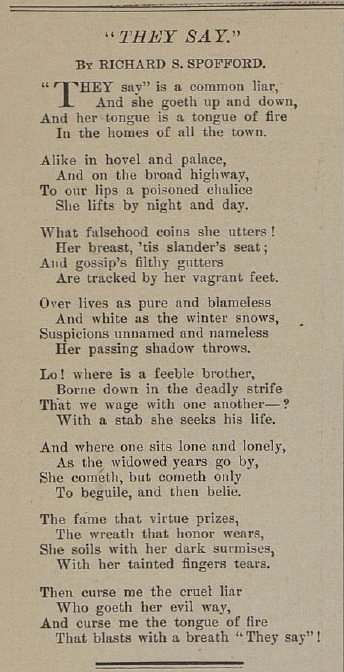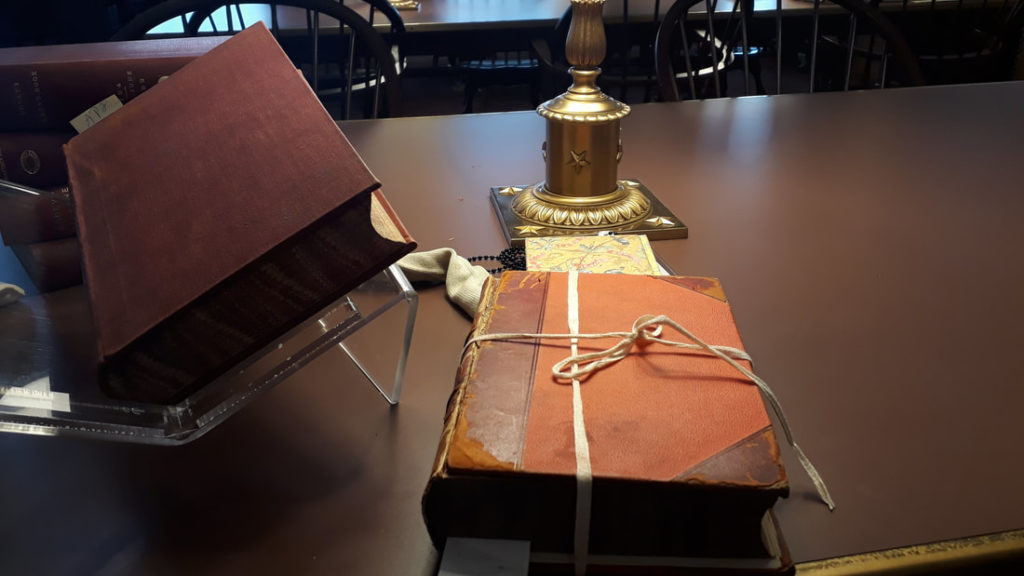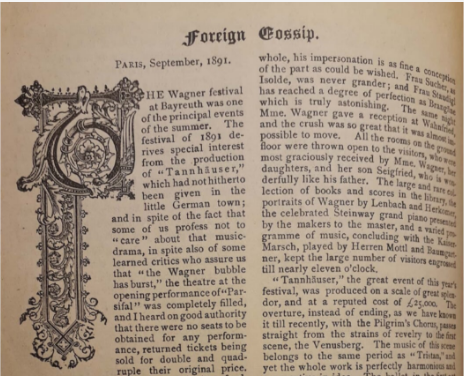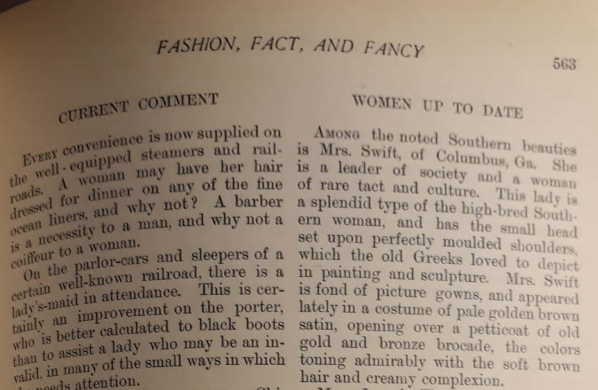Women and the Archives
Review: International Summer School in Mainz, Germany (October 2019, “Reflections on Code”)
#digitalhumanities: As a newbie to digital humanities (or rather: DH, as I learned; DH is very much about abbreviations), I started my week at the International Summer School at the Academy of Sciences and Literature in Mainz on October 8, 2019. Two weeks earlier, I had already been to a Dariah workshop @IEG in Mainz, so Mainz really stood out to me as the place to be when it came to DH in Germany. It hadn’t been easy to find practice-oriented opportunities for a new DH fan. During my studies @FAU in Erlangen, I had read a couple of theoretical articles about the digital humanities and what they can do, how they change the field of literary studies, and how we can combine research endeavors in the humanities with computer-based tools that support them or even raise new questions altogether. During the two workshops, and especially the ISS, I dived into some really fun tools such as Git, Animexgeo, Neo4j, app.rawgraph.io, … and many more.
Several presenters guided us through a wide range of immensely fascinating topics and recent issues of DH and its tools. The one I would like to discuss in more detail is Martin Prell’s talk about ‘Historical sources of women in the Digital Humanities – overview and automated text analysis.’ Why this topic? Well, first of all, for someone only recently exposed to DH practices, it was a presentation that I could easily follow. Also, the idea of raising gender as a category and drawing attention to women in the archives resonated with me and the project that Katrin and I are working on. Specializing in NLP (Natural Language Processing – remember, the abbreviations, very important), Martin Prell analyzes letters of pietist Erdmuthe Benigna using a range of DH tools. Additionally, he critically examined gender issues in the digital humanities. Referencing Mark Hall’s talk @DHd2019, Prell observed that “DH is the Study of dead Dudes.” Women are not the major center of attention when it comes to research on archival material and they are hardly mentioned in DH projects presented at Dhd conferences. Women are thus marginalized and erased in public discourse, an ongoing process that is reinforced by the digital humanities. Even if DH researchers may not actively focus on male subjects, DH projects work with texts that are already available in a digital format. Women’s archival material may not be as accessible. Restrictions of access can have many reasons, such as:
- women’s documents were not preserved in the archives due to gendered notions of what is worth being archived
- documents are often not available in digital form or
- researchers cannot find them in an online search as women’s archival material may be stored together with the items of their husbands.
The result is a cognitive bias. DH projects usually start with data that is already digitized. Hence, DH projects study mostly male subjects.
Read more